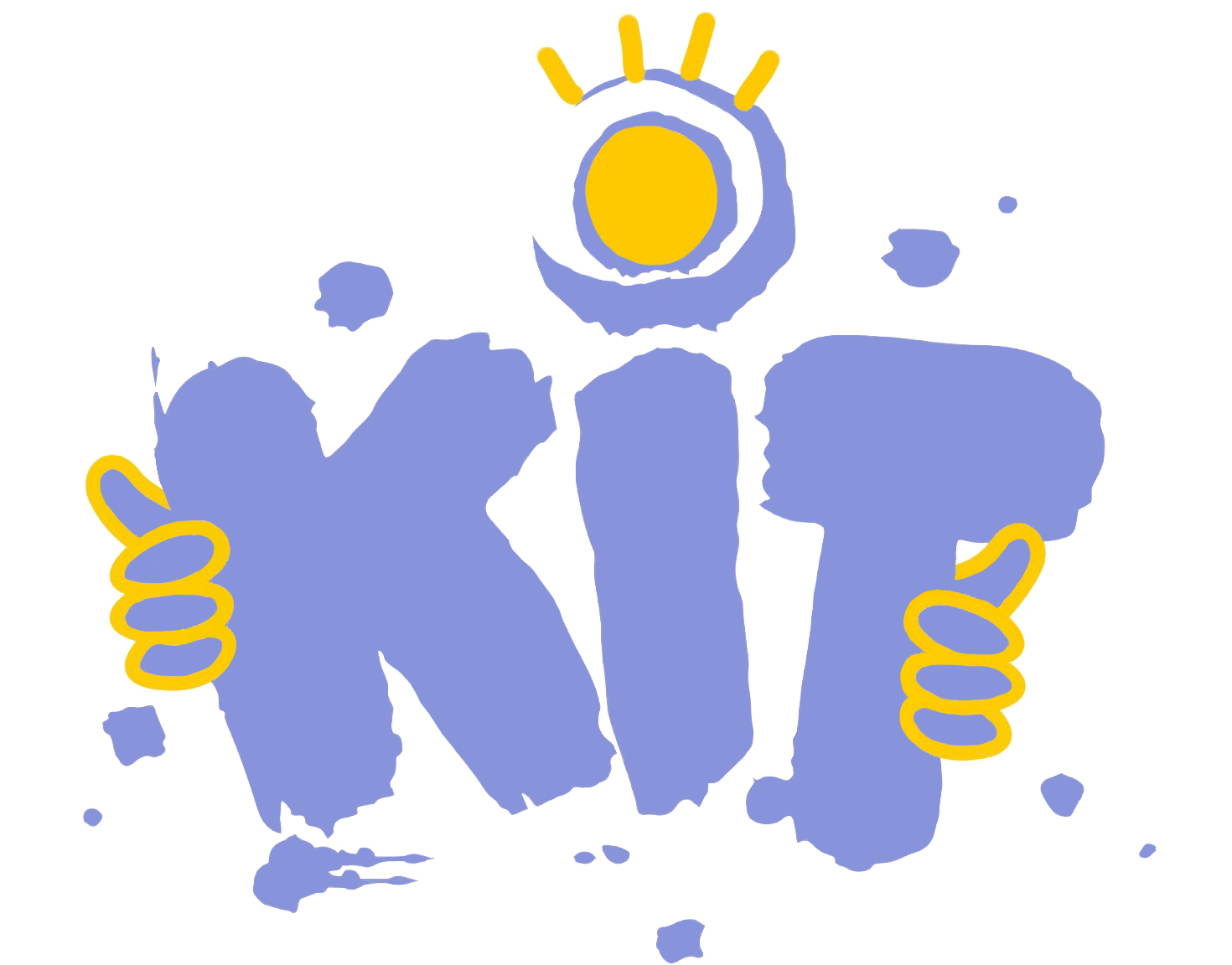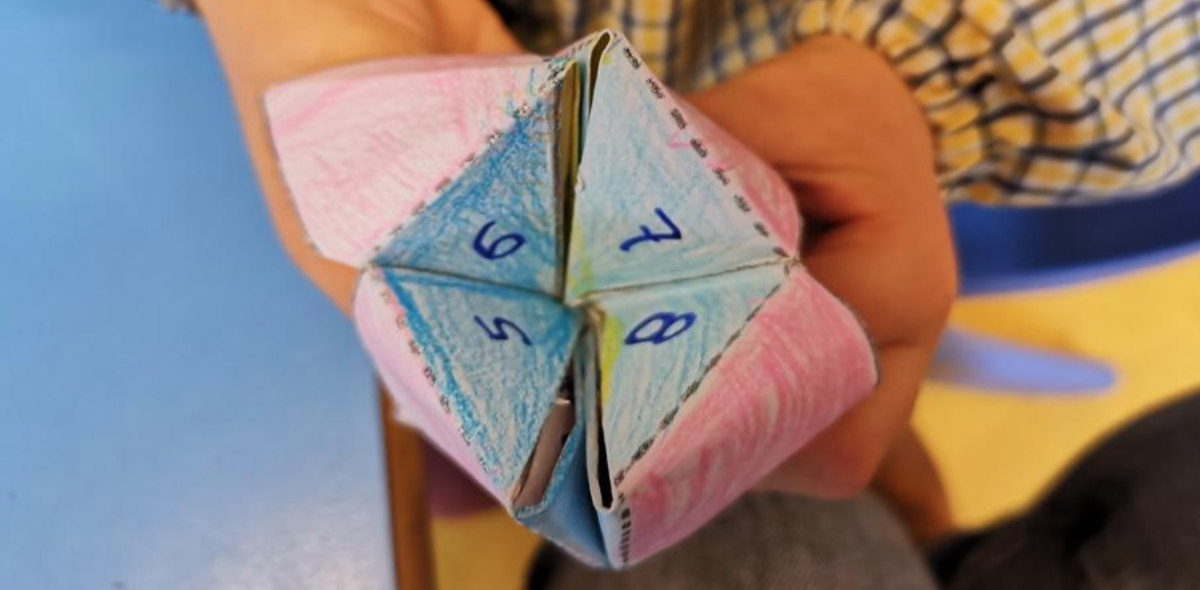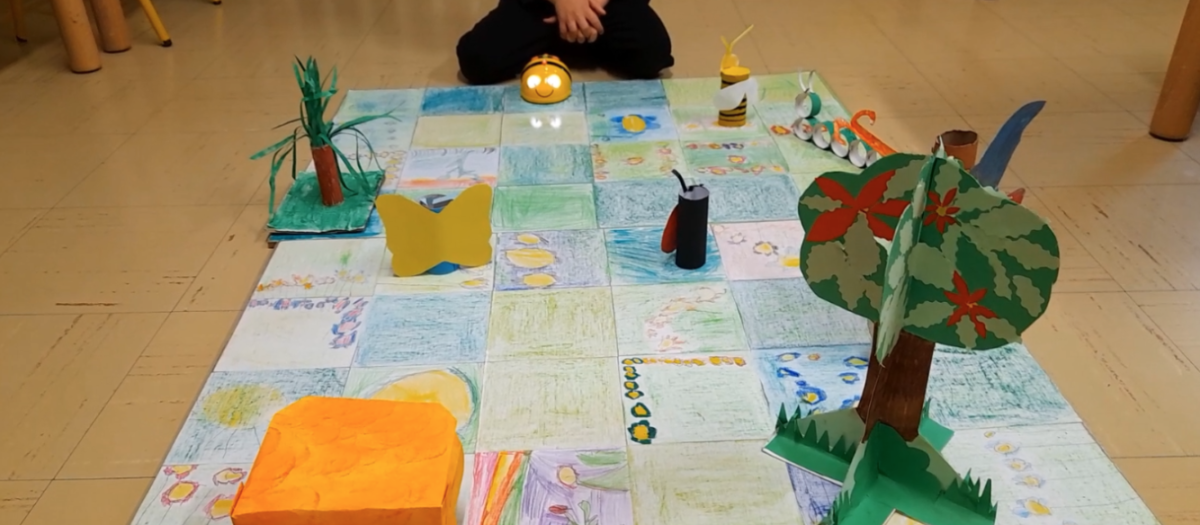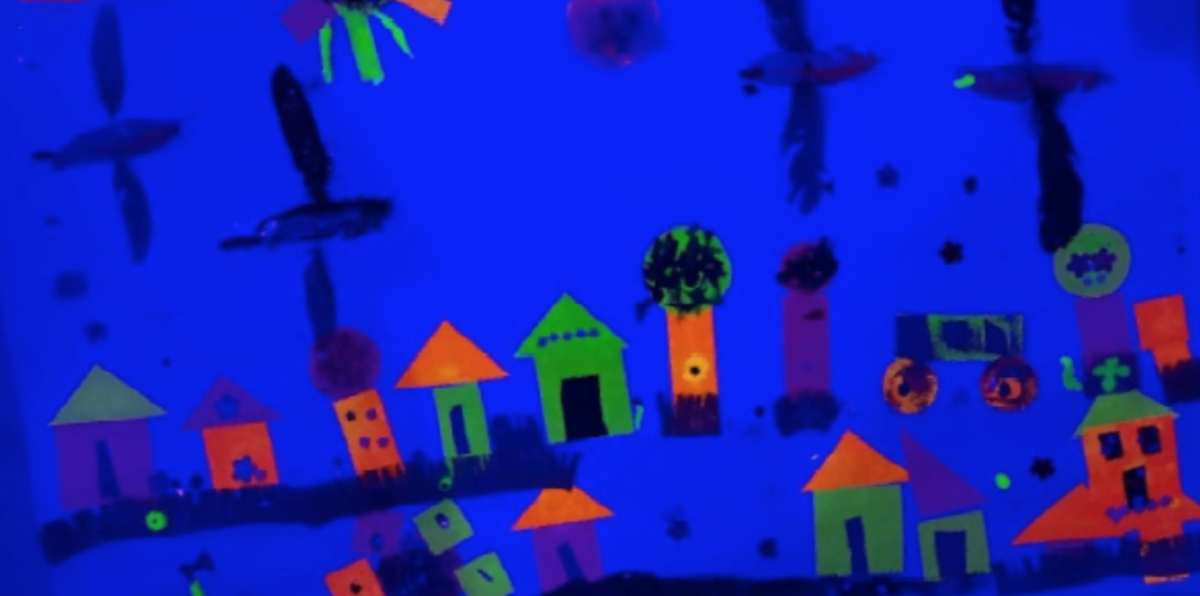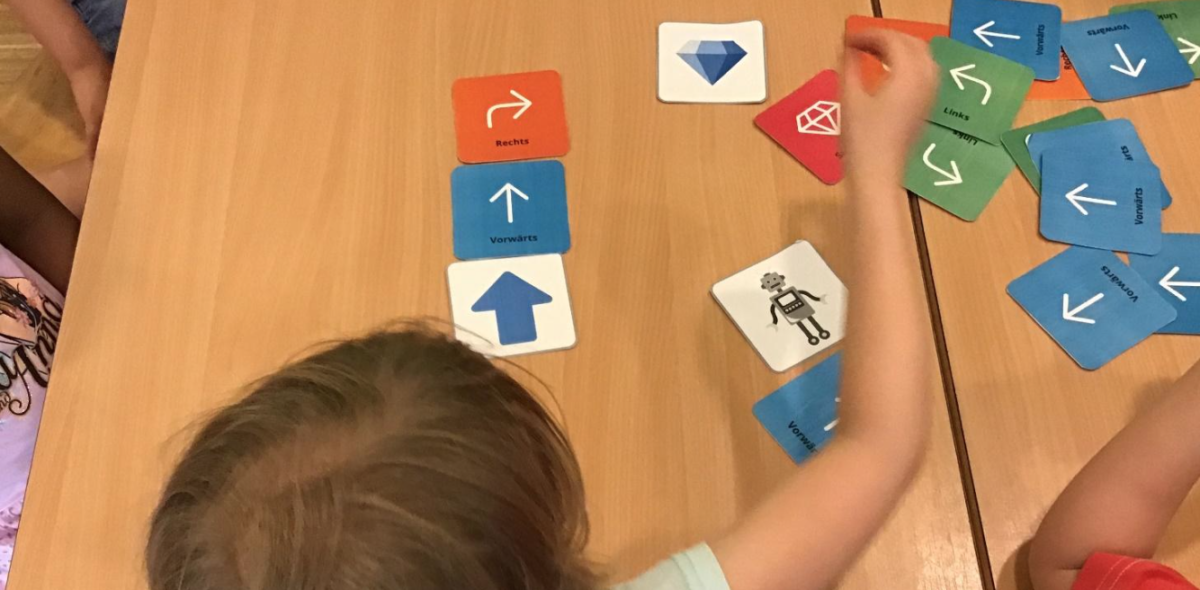Can digital tools help children develop mathematical thinking?
Yes!
By listening to the story through the technological resources (Tablet, PC and Smartphone), children develop mathematical thinking through the games we propose them to play, learning to observe, investigate, count, helping the child to identify quantities through different forms of representation and to solve everyday problems that involve small quantities, using counting and mathematical operations, always with a playful character mixed in.
An idea from
Educators from Agrupamento de Escolas de Santo António, Barreiro, Portugal
Time
6 activities of 50 minutes
Age
3-6 years
Objective
- Help children identify quantities through different forms of representation.
- Solve everyday problems involving small quantities using counting and mathematical operations.
- Use digital tools to strengthen ties between school and family.
#numeracy #colors #quantities #counting #numbers #Learningapps
